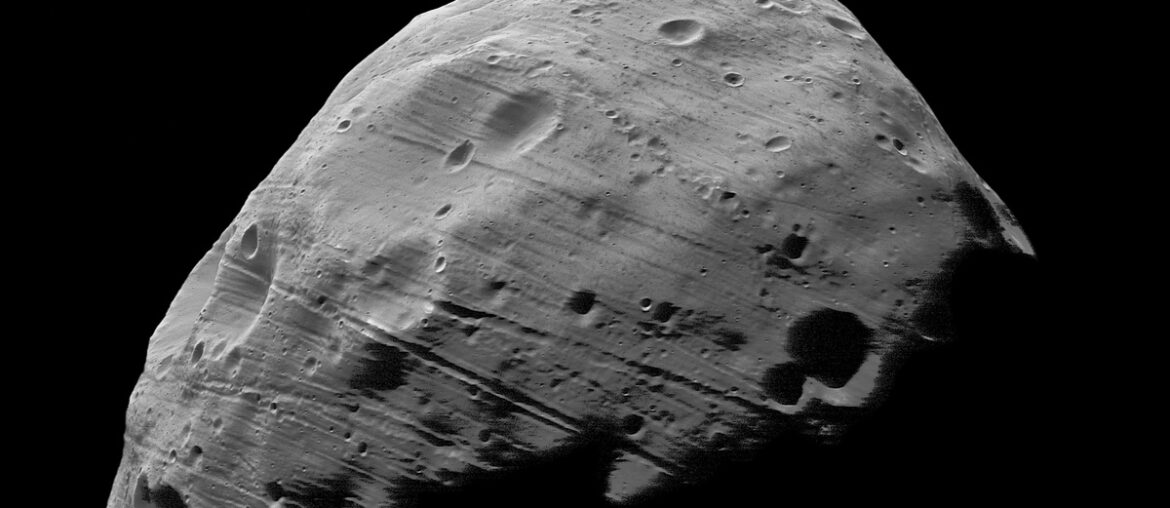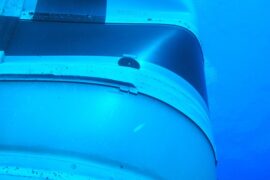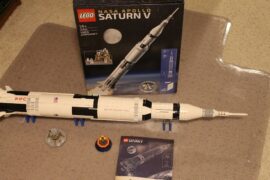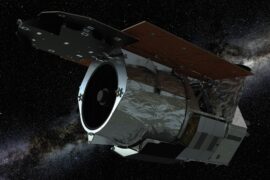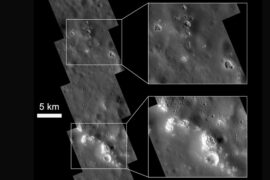Phobos, Mars’s closest moon, sits in a tight, rapidly decaying orbit that has drawn steady interest from mission planners and scientists. Its irregular shape and mysterious surface features make it a practical target for studying Mars’ history and potential resources without the complexities of a full Martian landing.
There are 12 NASA Missions to Phobos, ranging from 2001 Mars Odyssey to Viking 1 & 2 Orbiters to demonstrate the span of observations and approaches. For each mission, you’ll find below the entries organized with Launch year,Interaction type,Key findings so you can compare timelines, how probes interacted with the moon, and what was learned — you’ll find below.
How have NASA missions observed Phobos without landing on it?
Most NASA studies of Phobos rely on orbiters and flybys that use cameras, spectrometers, and radar to map surface composition, morphology, and orbital dynamics; instruments on Mars-orbiting spacecraft can make close approaches or target observations of Phobos during routine operations, providing detailed data without a dedicated lander.
What makes Phobos valuable to study or visit?
Phobos offers clues about Mars’ formation and the solar system’s small-body dynamics, potential in-situ resources (like regolith for shielding or propellant precursors), and a relatively low-energy waypoint for future exploration, so studying it helps both science and mission planning.
Nasa Missions to Phobos
| Mission name | Launch year | Interaction type | Key findings |
|---|---|---|---|
| Mariner 9 | 1971 | First orbital reconnaissance | First close-up images of Phobos |
| Viking 1 & 2 Orbiters | 1975 | High-resolution orbital imaging | Detailed surface mapping, discovery of grooves |
| Mars Global Surveyor | 1996 | High-resolution flyby imaging and gravity science | Precise mass and density estimates |
| 2001 Mars Odyssey | 2001 | Thermal infrared imaging | Surface temperature variations measured |
| Spirit & Opportunity | 2003 | Surface-based sky observation | Observed Phobos transiting the sun |
| Mars Express / MARSIS | 2003 | Subsurface radar sounding (NASA instrument) | Probed for internal structure signs |
| Mars Reconnaissance Orbiter | 2005 | Ultra-high-resolution imaging | Most detailed images of the surface |
| Phobos-Grunt / LIFE | 2011 | Attempted lander with NASA experiment | Mission failed to leave Earth orbit |
| Curiosity Rover | 2011 | Surface-based high-definition video | Captured first video of a Phobos eclipse |
| MAVEN | 2013 | Spectral and plasma flyby analysis | Detected Martian ions near Phobos |
| InSight Lander | 2018 | Surface-based sky observation | Observed solar transits from a new location |
| Perseverance Rover | 2020 | High-resolution surface imaging of eclipse | Highest-resolution video of Phobos eclipse |
Images and Descriptions
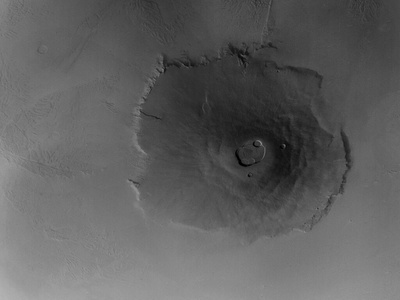
Mariner 9
As the first spacecraft to orbit another planet, Mariner 9 captured the first-ever close-up images of Phobos. These views revealed a heavily cratered, asteroid-like body, providing humanity’s first detailed look at the mysterious Martian moon.
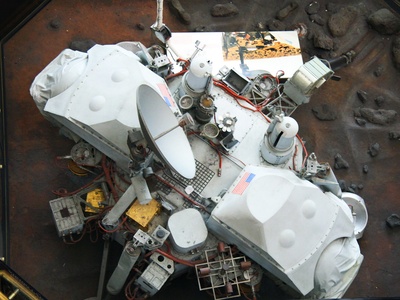
Viking 1 & 2 Orbiters
The Viking orbiters provided the best views of Phobos for decades, mapping most of its surface in high resolution. Their images revealed the large Stickney crater and the strange, parallel grooves that continue to puzzle scientists today.
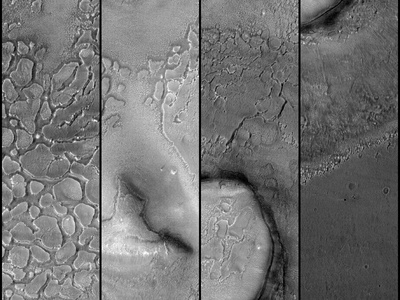
Mars Global Surveyor
During close flybys, MGS used radio science to measure Phobos’s gravity, providing an improved estimate of its low density. This suggested Phobos may be a porous “rubble pile” rather than a solid rock, a theory still debated today.
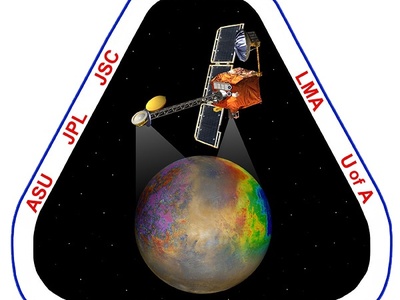
2001 Mars Odyssey
Using its THEMIS instrument, Mars Odyssey captured thermal images of Phobos. These observations revealed how quickly the moon’s surface heats up and cools down, giving clues about the physical properties of its fine-grained, dusty regolith.
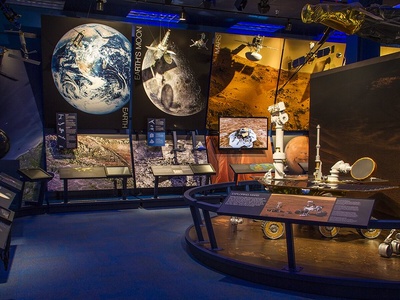
Spirit & Opportunity
From their locations on the Martian surface, the twin rovers used their Pancam imagers to watch Phobos pass in front of the sun. These solar transit observations helped scientists to refine the orbit of the tiny moon with great precision.
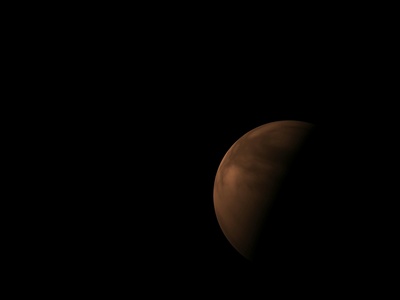
Mars Express / MARSIS
On this ESA mission, the NASA-JPL MARSIS radar instrument performed a flyby to probe beneath Phobos’s surface. The data suggested a uniform, porous or rubble-pile interior, finding no evidence of large buried ice deposits.
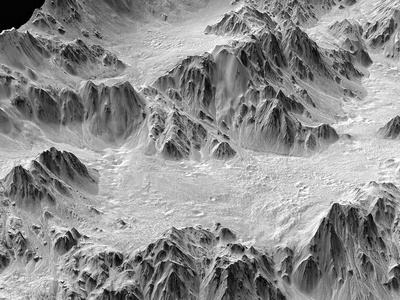
Mars Reconnaissance Orbiter
MRO’s HiRISE camera has taken the most detailed pictures of Phobos to date, revealing boulders, craters, and the grooves in unprecedented clarity. These images are crucial for understanding the moon’s geology and for planning future landing missions.

Phobos-Grunt / LIFE
This Russian sample return mission carried NASA’s Living Interplanetary Flight Experiment (LIFE) to study microorganism survival. Unfortunately, the spacecraft suffered a catastrophic failure after launch and never left low Earth orbit, ending the mission prematurely.
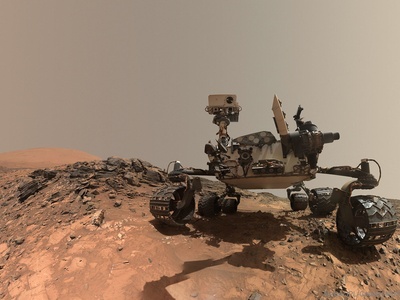
Curiosity Rover
The Curiosity rover used its Mastcam to record high-definition video of Phobos transiting the sun from the Martian surface. These clear observations not only look spectacular but also help scientists further refine their understanding of Phobos’s orbital path.
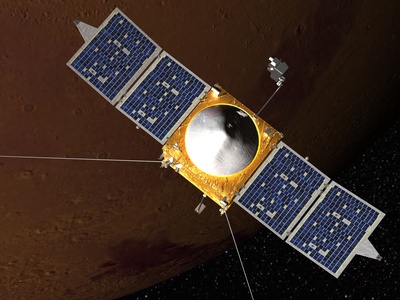
MAVEN
During close flybys, MAVEN used its instruments to study the space environment around Phobos. It discovered that the moon is being coated in ions that have escaped from Mars’s atmosphere, directly linking the two bodies.
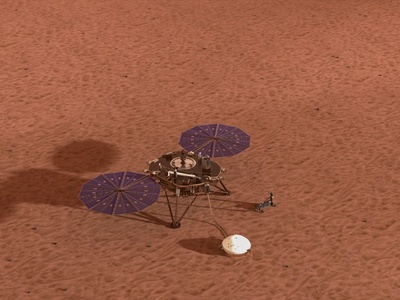
InSight Lander
Like the rovers before it, the stationary InSight lander observed Phobos passing in front of the sun. These observations from a different, fixed location on Mars provided another valuable data point for precisely tracking the moon’s orbit.
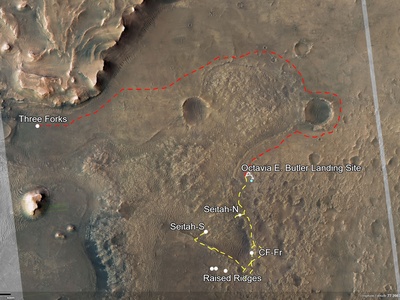
Perseverance Rover
Using its advanced Mastcam-Z camera system, the Perseverance rover captured the highest-resolution and best-framed video ever taken of a Phobos solar eclipse. The color footage helps scientists study the moon’s orbit and tidal forces on Mars.
Enjoyed this article?
Get daily 10-minute PDFs about astronomy to read before bed!
Sign up for our upcoming micro-learning service where you will learn something new about space and beyond every day while winding down.

